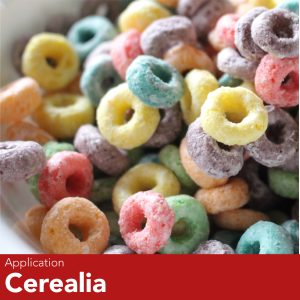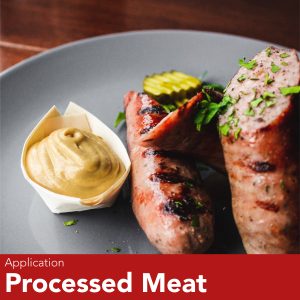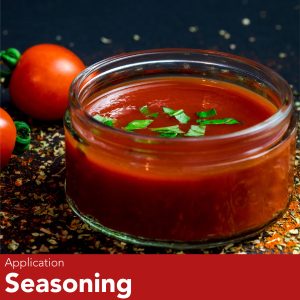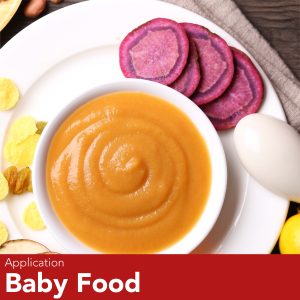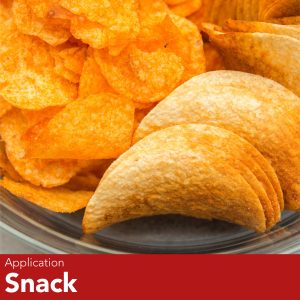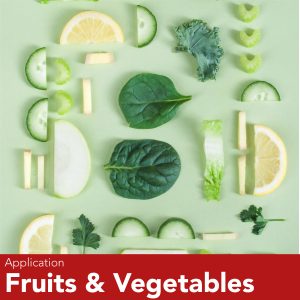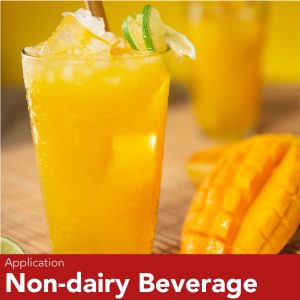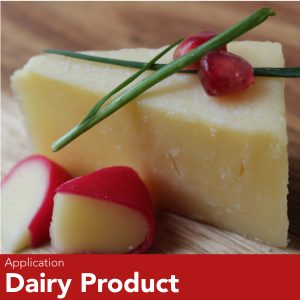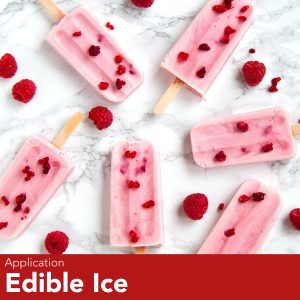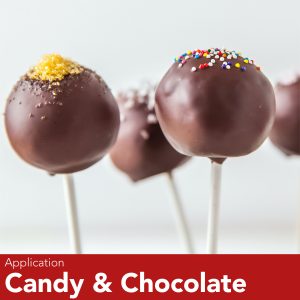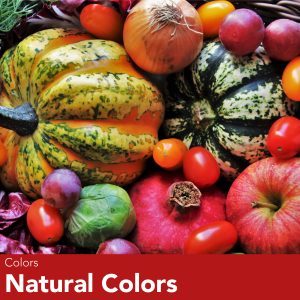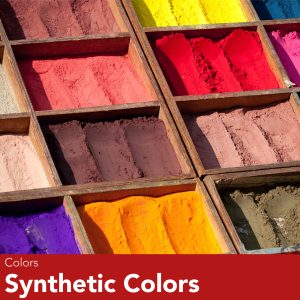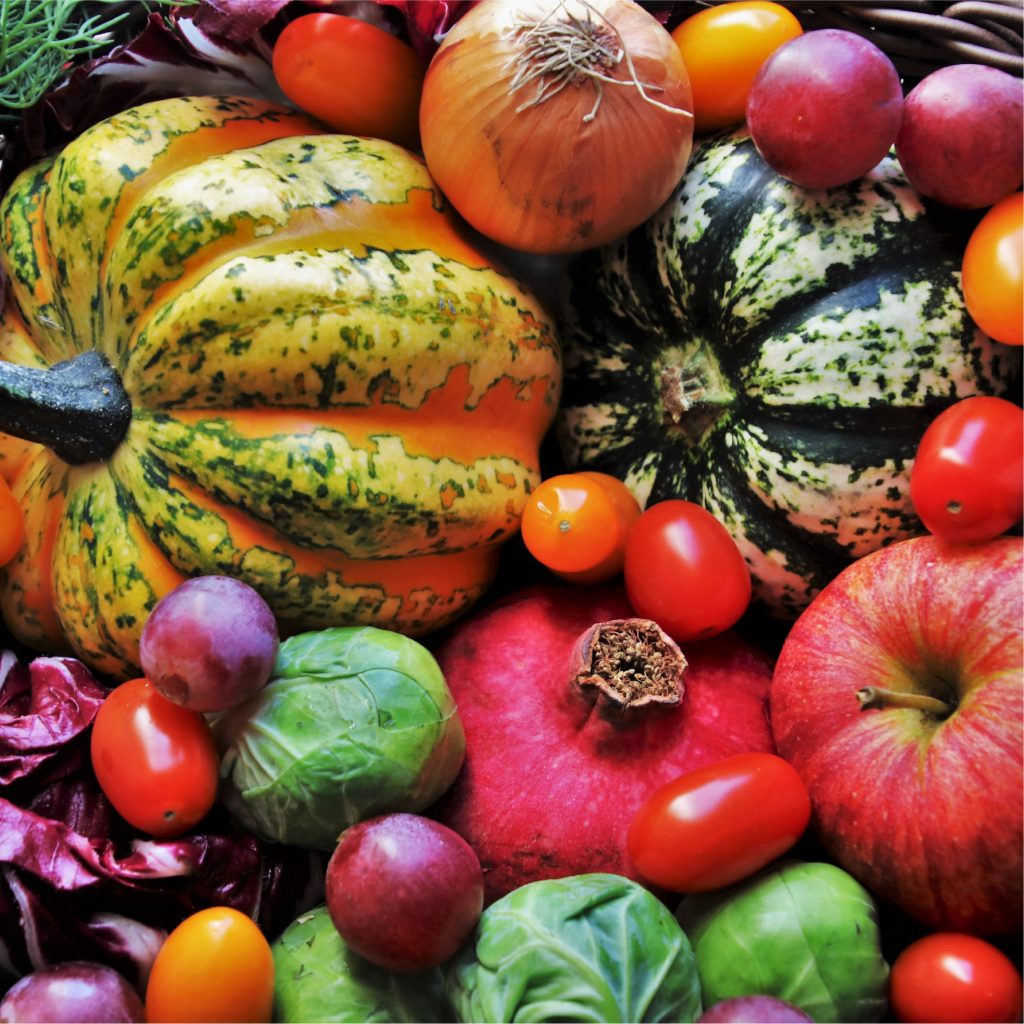
Natural
Natural dyes are obtained from processing natural ingredients. The source can be animals, plants, and minerals. Usually natural dyes have a lower color strength and lower light stability than synthetic dyes. Sources from animals can be obtained from blood (Hemoglobin), fat (Betacarotene), or body (Carmine color from body of red cochineal insects).
Sources from plants can be obtained from their leaves (Chlorophyl, red cabbage), from their fruits (Dragon fruit, grape skin), from their tubers (Turmeric, beetroot, carrots) from stems (vegetable Carbon black), from Flowers (Marogolds, Carmine flowers), and also from the seeds (Annatto).
Natural dyes in food can enter the body’s metabolic system, so that it can be used for coloring fish, meat and egg yolks through feed. While synthetic dyes are only passed by and wasted with feces.
In the jelly industry, natural coloring, are move widely used because the color will stick to the jelly and not bleed or fade into the syrup.
[TABS_R id=3067]
Application
